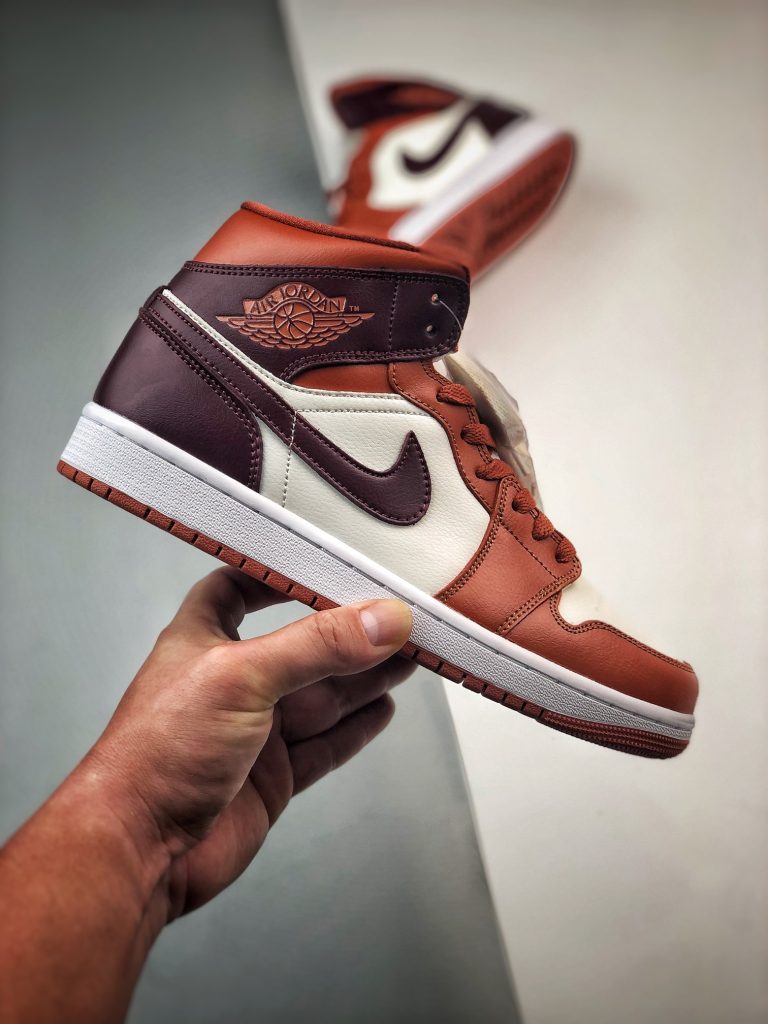Proper shoe care isn’t just about aesthetics—it’s an investment in durability, comfort, and your overall appearance. Whether you own leather dress shoes, sneakers, or boots, following the right maintenance routine can extend their lifespan by years.
Why Shoe Care Matters
Quality footwear represents a significant investment. Without proper care, even the most expensive shoes can deteriorate quickly. Regular maintenance prevents cracking, extends material life, and maintains that fresh-from-the-box appearance that makes a great first impression.
Essential Shoe Care Tools
Before diving into specific care routines, ensure you have these fundamental tools:
Basic Kit:
- Soft-bristled shoe brush
- Microfiber cleaning cloths
- Cedar shoe trees
- Quality shoe cream or conditioner
- Waterproofing spray
- Shoe horn
Advanced Kit:
- Horsehair polishing brush
- Chamois cloth for buffing
- Edge dressing for sole maintenance
- Suede brush for nubuck materials
- Leather cleaner and conditioner
Material-Specific Care Instructions
Leather Shoes
Daily Maintenance: Remove dirt and debris with a soft brush immediately after wear. Insert cedar shoe trees while shoes are still slightly warm to maintain shape and absorb moisture.
Weekly Care: Apply a thin layer of quality shoe cream using circular motions. Allow 10-15 minutes for absorption, then buff with a clean cloth for a natural shine.
Monthly Deep Clean: Use leather cleaner to remove built-up dirt and oils. Follow with conditioner to prevent cracking and maintain flexibility. Finish with waterproofing treatment.
Suede and Nubuck
Regular Maintenance: Brush against the grain with a suede brush to restore texture. Address stains immediately with a suede eraser or specialized cleaner.
Protection: Apply suede protector spray before first wear and reapply monthly. This creates a barrier against water and stains without affecting breathability.
Canvas and Fabric Shoes
Cleaning Process: Remove laces and insoles. Use a soft brush with mild soap solution to clean surface dirt. Rinse with clean water and air dry completely.
Stain Removal: For stubborn stains, create a paste with baking soda and water. Apply gently, let sit for 30 minutes, then brush away and rinse.
Athletic and Synthetic Materials
Regular Cleaning: Wipe down with damp cloth after each use. Use specialized athletic shoe cleaners for deeper cleaning without damaging synthetic materials.
Odor Control: Rotate between multiple pairs to allow complete drying. Use antibacterial sprays or UV sanitizers for persistent odor issues.
Storage and Organization
Proper Storage Techniques:
- Use cedar shoe trees for leather shoes
- Store in cool, dry places away from direct sunlight
- Maintain shoe shape with proper support
- Allow 24-48 hours between wears for moisture evaporation
Seasonal Storage: Clean thoroughly before long-term storage. Stuff with acid-free tissue paper and store in breathable shoe bags or boxes.
Common Mistakes to Avoid
Overwetting: Excessive water exposure can damage leather and cause structural issues.
Using Wrong Products: Harsh chemicals or inappropriate cleaners can permanently damage materials.
Neglecting Drying Time: Rushing the drying process can cause cracking and permanent damage.
Ignoring Professional Help: Some repairs require cobbler expertise—don’t attempt complex fixes yourself.
Seasonal Care Considerations
Spring/Summer: Focus on breathability and moisture control. Lighter conditioning products work best in humid conditions.
Fall/Winter: Emphasize waterproofing and protection against salt and harsh weather. Increase conditioning frequency to combat dry indoor air.
When to Seek Professional Help
Consult a professional cobbler for:
- Sole replacement or repair
- Heel reconstruction
- Serious leather damage
- Structural issues
- Color restoration
Investment vs. Replacement
Calculate the cost-benefit of professional repairs versus replacement. Quality shoes often justify repair costs, while budget footwear may be more economical to replace.
Conclusion
Consistent shoe care is the key to maintaining your footwear investment. By following these guidelines and adapting them to your specific needs, you’ll enjoy better-looking, longer-lasting shoes that continue to make a positive impression.
Remember: the best shoe care routine is the one you’ll actually follow. Start with basic maintenance and gradually incorporate more advanced techniques as you become comfortable with the process.

